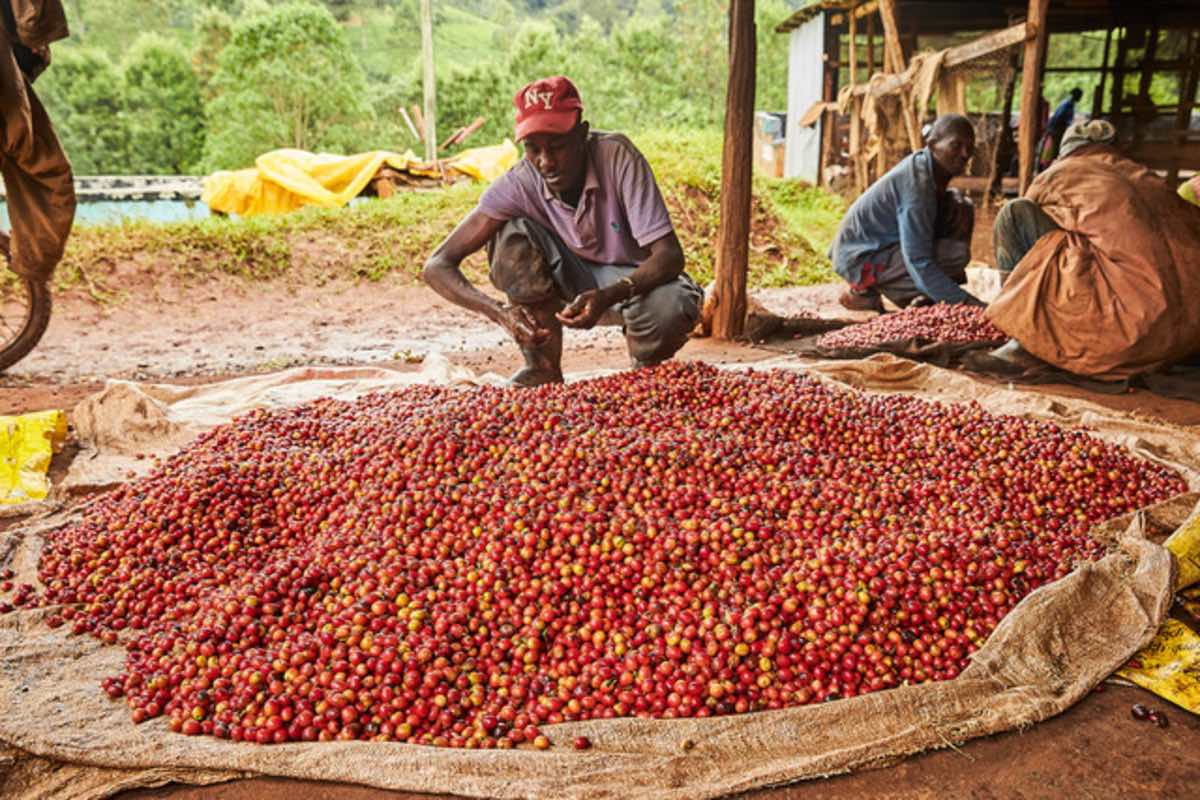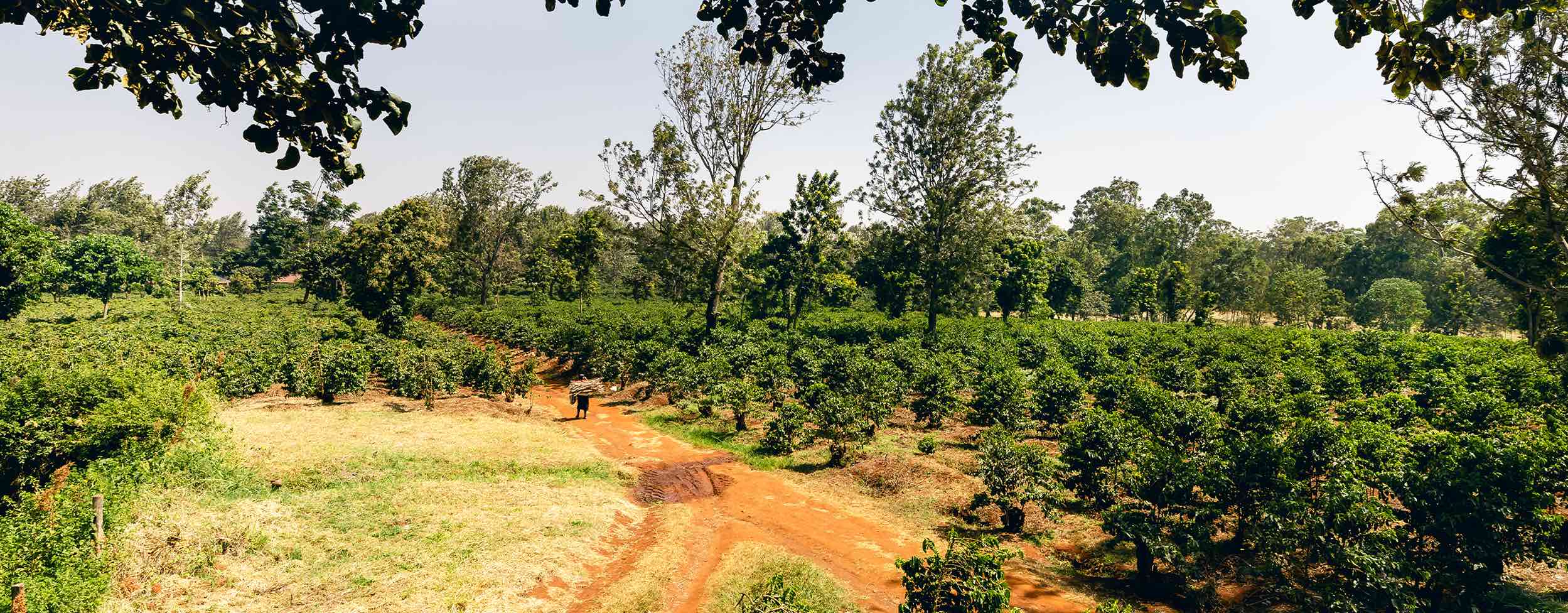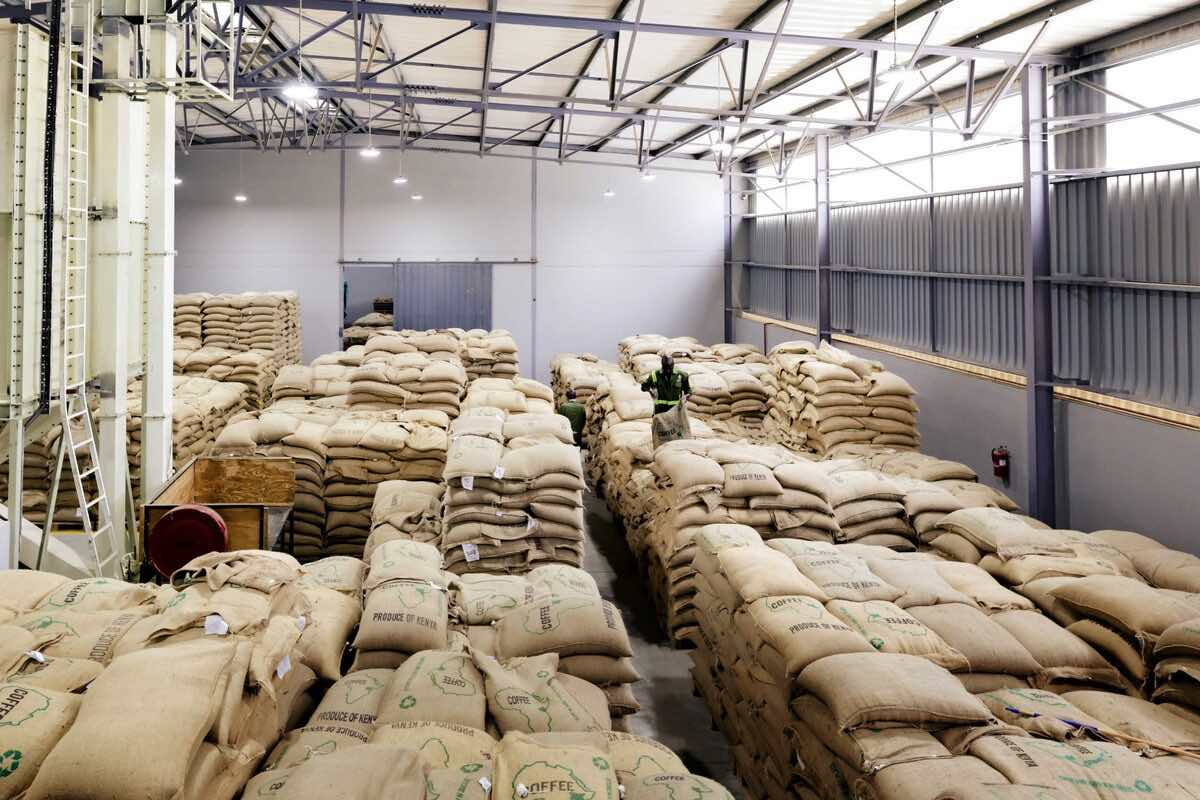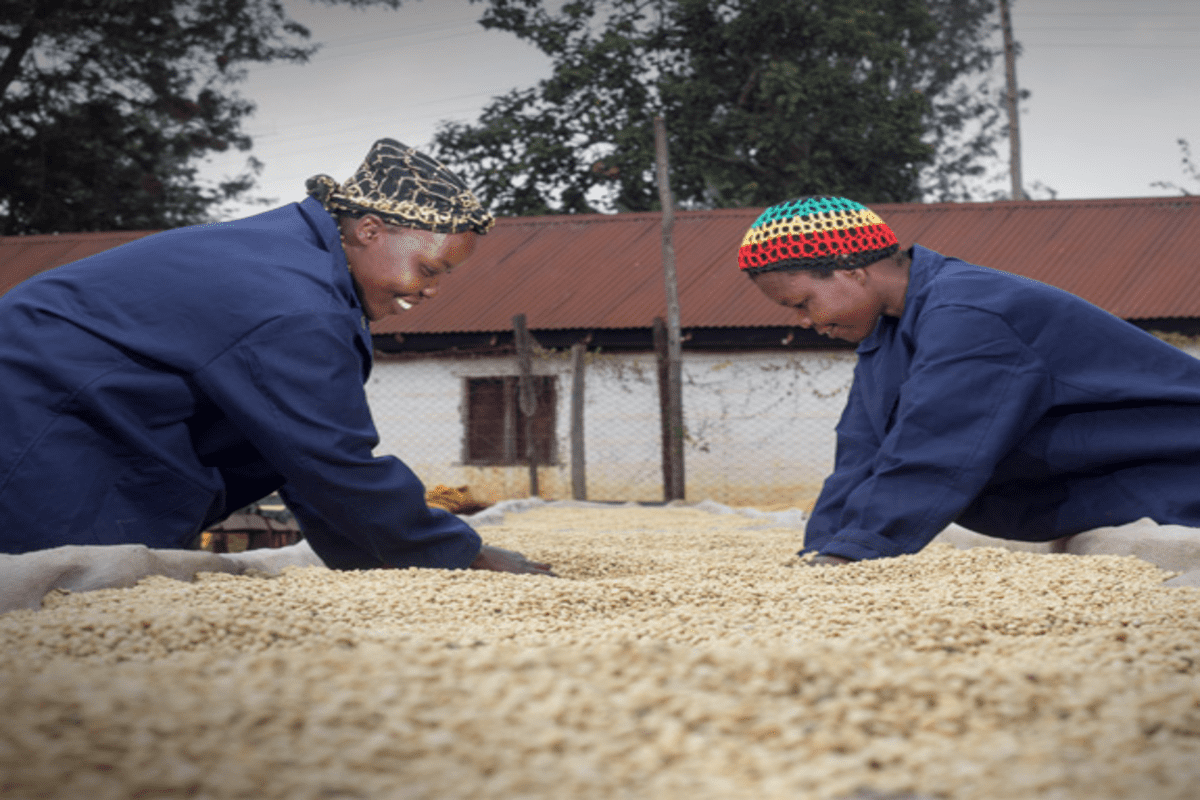
Robusta’s Quality Revolution
Introduction: Robusta’s Quality Revolution
The robusta coffee market, which represents the C. canephora species, has experienced remarkable growth over the past few decades, increasing its share from 25% to 40% in the last 30 years. This growth is driven by markets with high growth rates and young populations, predominantly consuming robusta coffee. The demand for robusta is expected to continue growing, making it a prominent segment in the coffee industry.
However, robusta production and consumption markets are still in their infancy. The genetic diversity in robusta coffee exceeds that of arabica, providing ample opportunities for improvements in quality. To address this, World Coffee Research (WCR) has initiated efforts to improve robusta coffee through breeding.
In April 2023, a focus group discussion was held with buyers of robusta coffees at the Lavazza Innovation Centre in Turin, Italy. This discussion highlighted key challenges and opportunities in the future of robusta:
Challenges:
- Supply shortages
2. Farmer attrition
3. Consolidation of origin diversity
4. Consistency of quality
5. Low consumer perception of robusta in certain markets
6. Lack of institutional support for production improvement
7. Regulatory pressure related to deforestation and chemical inputs
Opportunities:
- Market differentiation and segmentation
2. Improved consistency
3. Development of new flavor profiles and product innovation
4. Yield improvements
5. Strengthening farmer profitability
6. New production systems such as agroforestry and regenerative farming
7. Stronger acceptance of fine robustas in the specialty coffee segment
Buyers emphasised the need to enhance farmer profitability to incentivise robusta production, recognising consumer demand for low-price coffees. Origin diversity was identified as crucial to mitigate business risk.
The demand for robusta is categorized into three main segments: soluble, roast/blend, and specialty. As consumption increases, opportunities arise for more differentiated markets tailored to unique consumer preferences.
Consumer preferences for robusta vary widely depending on the market. While robusta holds a favorable image in certain regions, efforts to improve taste, reduce bitterness, and increase sweetness could target younger generations seeking these attributes.
Sourcing teams and quality control departments are open to including robusta in product development, but marketing teams have been hesitant due to concerns about brand image. Educating marketing teams about robusta may alter public perceptions.
The supply of robusta coffee faces shortages, and the industry is expected to encounter a deficit of 25 million bags in two decades. Maintaining origin diversity is a priority, but productivity constraints pose challenges.
Regulatory pressures related to ochratoxin, glyphosate, and deforestation affect supply, which emphasizes the importance of sustainability.
Future growing systems, such as regenerative agriculture and agroforestry, may contribute to improved farmer profitability, decreased environmental impact, and sustainability.
The quality of robusta coffee faces challenges related to consistency and flavor. Higher quality standards and reducing bitterness are opportunities, as is breeding for consistent clonal lines with similar attributes.
In conclusion, the future of robusta coffee holds significant growth potential and opportunities for market differentiation. Breeding, institutional support, and innovation are key to achieving increased productivity, higher quality, and market differentiation.
Collaboration and sharing risks are essential for the robusta coffee industry to adapt to evolving market demands and challenges.
Industry Goals for Robusta Breeding:
– Farmer profitability
– Increased productivity
– Disease resistance
– Market differentiation
– Consideration of future growing systems
– Taste/flavor improvement
– Consistency
– Physical attributes enhancement, including bean size uniformity
The robusta coffee market is poised for evolution, and success depends on both innovation and collaboration within the industry.
Conclusion
Altogether,the future of robusta coffee holds significant growth potential and opportunities for market differentiation. Breeding, institutional support, and innovation are key to achieving increased productivity, higher quality, and market differentiation. Collaboration and sharing risks are essential for the robusta coffee industry to adapt to evolving market demands and challenges.
Source :https://worldcoffeeresearch.org/resources/the-future-of-robusta-quality






